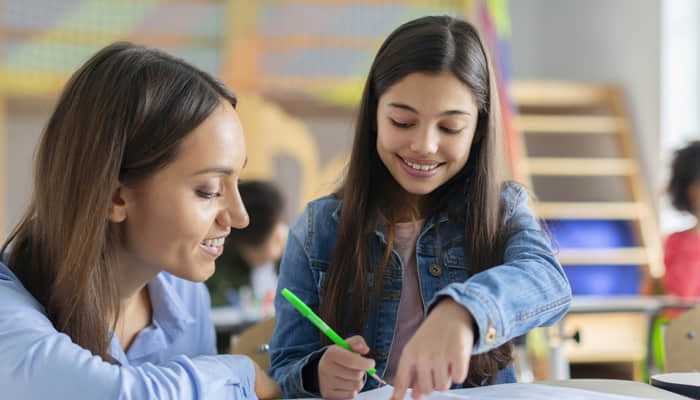
When a child falls behind in class, many adults rush to find answers—and often, that answer comes in the form of a label: ADHD, dyslexia, auditory processing disorder. While some labels open the door to critical support, others unintentionally close doors to confidence, creativity, and even opportunity.
So the question is: Are we diagnosing true disabilities, or are we pathologizing difference?
🎒 Labels: Helpful Roadmaps or Heavy Baggage?
Let’s start with the good. A formal diagnosis can give a student access to resources, extra time on tests, assistive tech, and teachers trained to help. For some families, it’s a long-awaited relief to finally have an explanation—and a path forward.
But for others, the label becomes the whole story.
Consider this: a third grader struggles with reading out loud. He’s bright, curious, and asks deep questions about the world. But because his reading speed is slower than his classmates’, he’s flagged for evaluation. The results? Mild dyslexia. Suddenly, everyone—from teachers to parents—starts focusing on what he can’t do. He gets pulled out of class for extra support, but also misses the science experiments he used to love.
The support was meant to help—but now he feels different. Defective. Left out.
🧠 The Brain Doesn’t Have One “Right” Way to Learn
Here’s what we often forget: human brains are wired in many ways. Some people think in pictures. Others need to move to think. Some grasp abstract ideas quickly; others need time and real-world examples. That’s not a disorder—that’s diversity.
Yet, most classrooms still cater to a narrow definition of learning: sit still, listen quietly, read fast, write neatly. When a student doesn’t fit into this mold, the problem is too often placed on the child—not the system.
In reality, what we call a “learning disability” might just be a “teaching mismatch.”
🗣️ Real-Life Example: When “Hyper” Means Misunderstood

Take Maya, a fifth grader who’s constantly getting in trouble for blurting out answers or fidgeting in her seat. Teachers say she’s “distracted” or “disruptive.” But at home, she can spend hours organizing her art supplies or retelling a story in vivid detail.
What if Maya isn’t disordered—but simply a kinesthetic learner who needs to move, interact, and create to process information? What if her so-called “symptoms” are actually traits of a highly creative mind?
When we switch the lens from “What’s wrong?” to “What works for this learner?”, everything changes.
💬 The Words We Use Matter
Even well-meaning labels can backfire. When a child hears, “You have a learning disability,” they may translate that as, “You’re not smart.” Over time, these beliefs can stick harder than glue.
What we say shapes how students see themselves:
“You’re just not a math person.” (So they stop trying.)
“She’s got processing issues.” (So peers stop including her.)
“He’s behind.” (So he starts believing he’ll never catch up.)
Instead, we could try:
🟢 “You think in a different way, and that’s a strength.”
🟢 “Let’s find a method that works for you.”
🟢 “Everyone learns at their own pace—and that’s okay.”
💡 From Labeling to Listening
Before we reach for a diagnosis, let’s ask more questions:
Has this student had enough time to master the skill?
Is the curriculum flexible enough to allow different paths to understanding?
Have we explored learning styles before assuming a disorder?
Maybe the issue isn’t a “disability” at all. Maybe it’s a need for hands-on learning, for more movement, or even for a better connection with the teacher.
🌱 Reframing the Goal: Support Without Stigma

To be clear, this is not an argument against diagnoses or special education. Many students do need and deserve specific, targeted interventions—and labels can be the key to unlocking them.
But we must be cautious. Over-labeling can turn difference into diagnosis, and individuality into “impairment.” What starts as help can quietly become harm.
Instead of asking:
❌ “What’s wrong with this child?”
Try asking:
✅ “What environment helps this child shine?”
📌 Final Thought: Different Doesn’t Mean Deficient
Children are not problems to fix. They’re individuals to understand.
By shifting our mindset—from labeling to listening, from standardizing to personalizing—we can build learning environments where every student, labeled or not, feels seen, capable, and valued.
Because sometimes, it’s not the child who needs to change.
It’s the system that needs to catch up.
